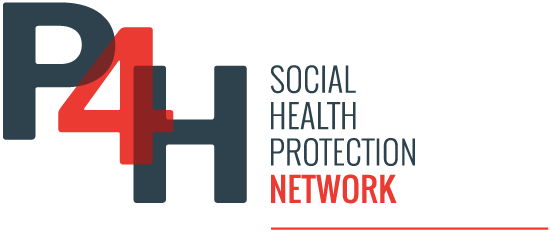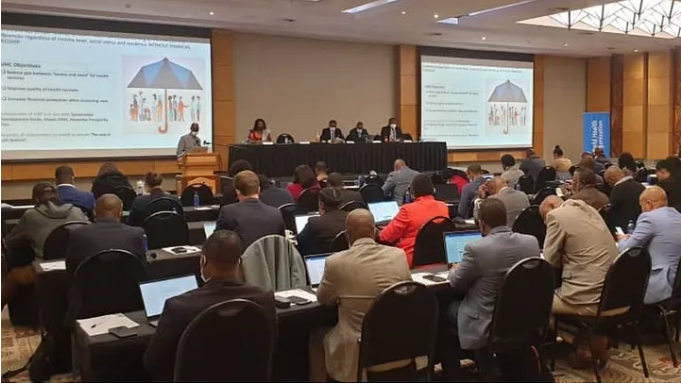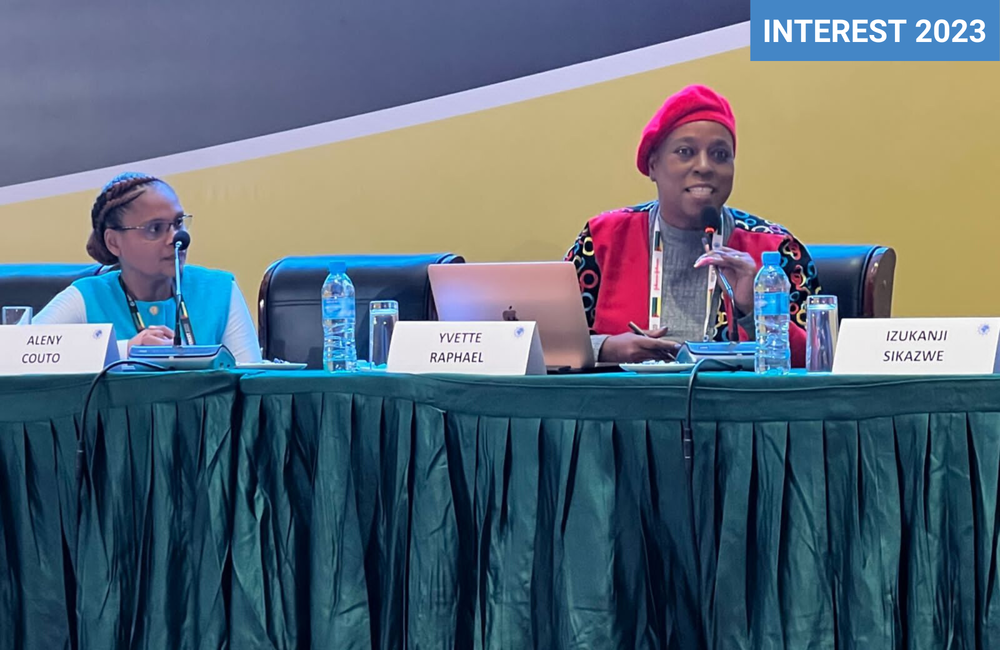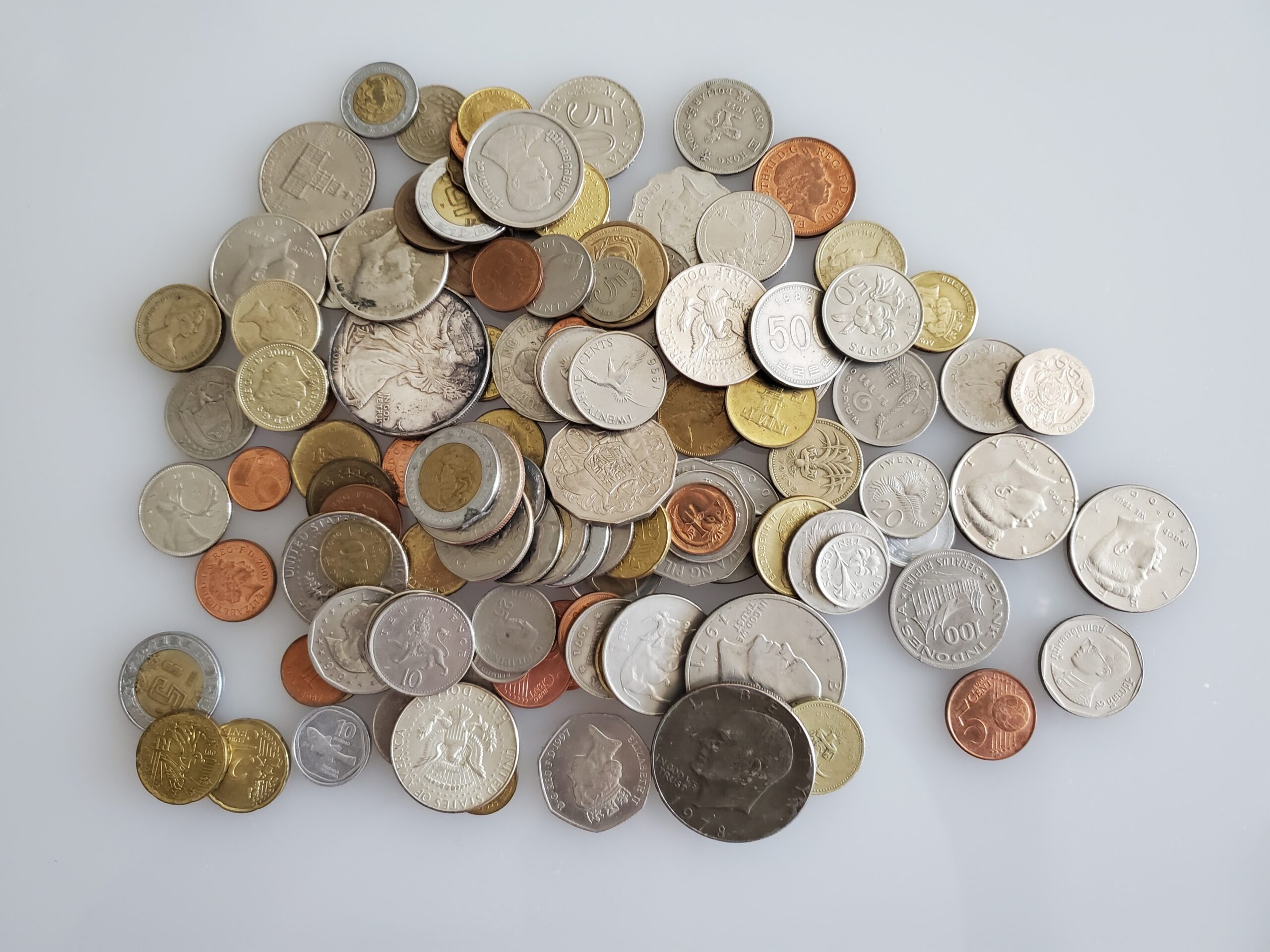Namibia’s health financing system has evolved significantly since the country gained independence in 1990, with ongoing efforts to achieve universal health coverage (UHC). Despite notable progress, challenges remain in ensuring sustainable and efficient financing for health services.
Current health system structure and funding sources
The government is the primary source of health care financing in Namibia, contributing 47.5% of total current health expenditure (CHE) in 2021. Other significant sources include private employers through voluntary prepayments (36.4%) and household out-of-pocket payments (7.7%). Notably, donor funding only accounts for about 8% of CHE, primarily due to Namibia’s transition to an upper middle-income country status. Namibia has one of the highest health spending per capita among countries with similar GDP. The government’s health expenditure as a percentage of total government spending has fluctuated, exceeding the Abuja target (15% threshold) at 16.3% in 2005 and falling to 11.2% in 2021.[1]
Reforms for universal health coverage
- To advance towards UHC, Namibia established the Universal Health Coverage Advisory Committee, which collaborates with the Ministry of Health and Social Services of Namibia to develop a sustainable health financing system. Key objectives include improving equity in health service access, enhancing quality of care and ensuring financial protection for all citizens.
- Namibia employs several risk-pooling mechanisms, including the state-run Public Service Employees Medical Aid Scheme (PSEMAS) for civil servants and various private medical aid schemes. These schemes cover about 20% of the population, indicating limited access to financial risk protection.
Challenges and opportunities
Despite progress, Namibia faces the following considerable challenges in health financing.
- Fiscal capacity: The government’s ability to allocate additional resources for health is influenced by overall economic conditions and revenue generation capabilities. The fiscal context suggests a need for innovative financing mechanisms to sustain health expenditures.
- Equity and access: Ensuring equitable access to health care services remains a critical issue, particularly for vulnerable populations. The government aims to expand coverage through improved risk-pooling and service delivery mechanisms.
- Quality of care: There is a pressing need to enhance the quality of health services quality, since few public health facilities adhere to established treatment guidelines.
References
[1] World Health Organization, Global Health Expenditure Database (choose country)




